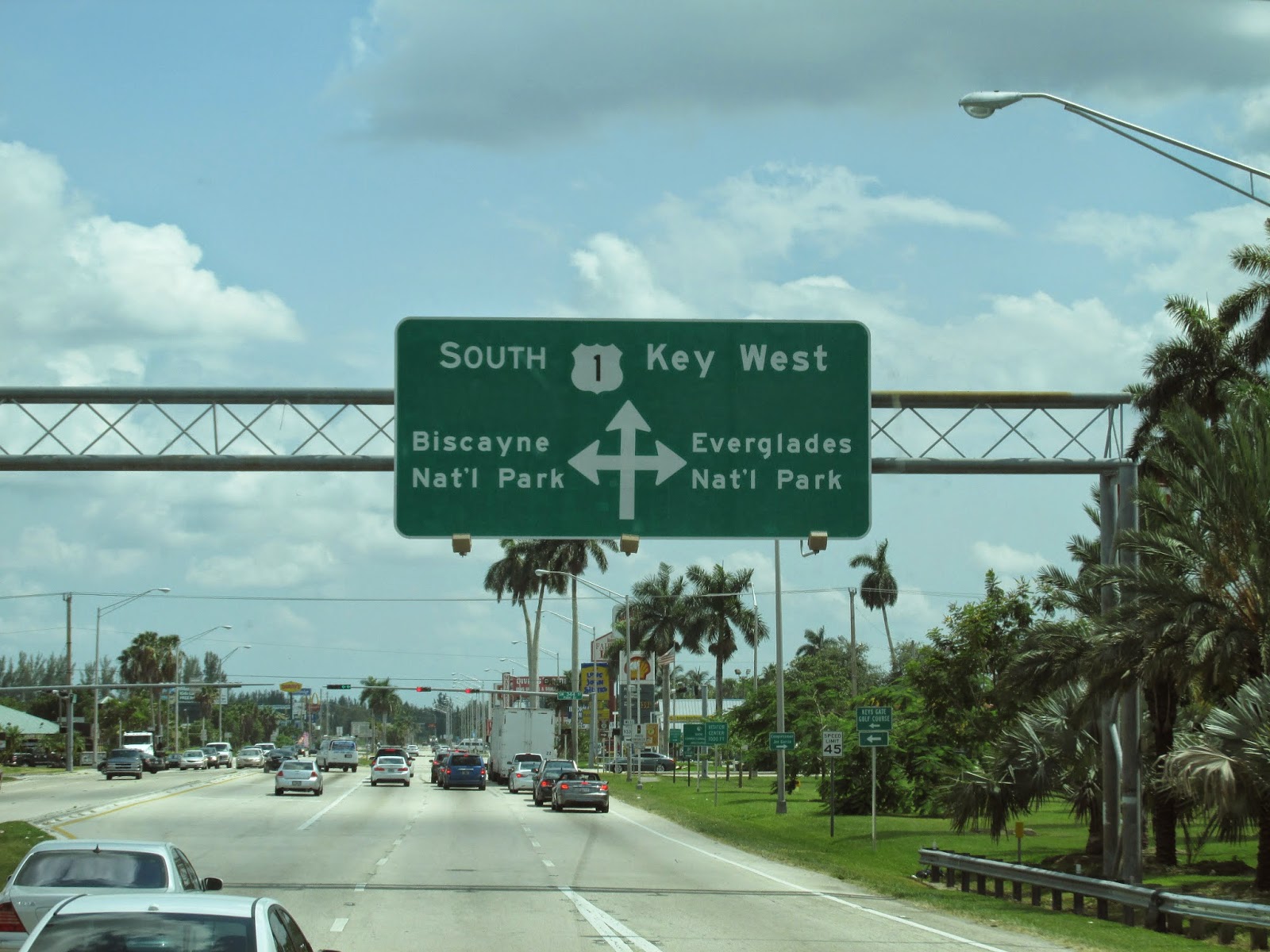Leaving Ortona South, we headed over to La Belle and then south on Florida 29 through Immokalee. We had visited Naples earlier and going south on Hwy 29 saved us an hour or more getting to Key Largo. Hwy 29 dead ends at US 41. From there we headed east through the Everglades and then south on US 1. Here are a few pictures from our journey.
Florida Hwy 29 is a small, uncrowded yet well paved road that provides a shortcut for those wanting to avoid the Interstates and Toll Roads.
The road cuts right through the Florida Panther Habitat. The Florida Panther is on the endangered species list. There are only about 100 known panthers in the wild, found only in southern Florida. Here are some quick panther facts:
Height: 23-27 inches at the shoulder for males; females are smaller.
Length: Males, 7 feet from nose to tip of tail; females, 6 feet
Weight: Males average 130 lbs; females 70-75 lbs
Lifespan: 10-15 years
Length: Males, 7 feet from nose to tip of tail; females, 6 feet
Weight: Males average 130 lbs; females 70-75 lbs
Lifespan: 10-15 years
Their diet consists of deer, wild hog, rabbits, raccoon armadillos and birds. A male cat needs about 200 square miles for it's home range while females only need about 75.
 A litter usually consists of 1-4 kittens although rarely do all of them survive. The young will stay with their mother for up to two years.
A litter usually consists of 1-4 kittens although rarely do all of them survive. The young will stay with their mother for up to two years.
Automobiles are known as one of the big cats most dangerous enemy. The State of Florida has erected 8' fences along the roadways in an attempt to prevent them from being struck and killed.
After passing through the Panther habitat, we entered the Big Cypress National Preserve.
 Originally Big Cypress was intended to be part of the Everglades National Park but private landowners were not on board and it became it's own preserve later on. It is still occupied by several tribes of Indians, the Miccosukee, Seminole and Traditional people were provided with permanent rights to occupy and use the land in traditional ways.
Originally Big Cypress was intended to be part of the Everglades National Park but private landowners were not on board and it became it's own preserve later on. It is still occupied by several tribes of Indians, the Miccosukee, Seminole and Traditional people were provided with permanent rights to occupy and use the land in traditional ways.
Besides the Florida Panther, it is home to the Florida Bear, alligators, and venomous snakes, such as the Cottonmouth and the Diamondback Rattlesnake. It is also home to nine endangered species including the Indigo snake and the Florida Sandhill Crane.
Stop at any of the many tiki huts along US 41 and you can take a 90 minute air boat ride to see alligators in the wild. We spotted several gators alongside the road as we drove past the canals.
The Everglades is a complex system of interdependent ecosystems. It's actually a slow moving river, roughly 60 miles wide that move less than 1/2 per day. Sawgrass, marshes and sloughs dominate the area
After refueling at Flying J, we headed south through Homestead Florida. We were amazed at the proliferation of produce stands along the roadway.
Homestead is primarily a Miami suburb although less crowded. It is Florida's second oldest city and is home to Nascar's Homestead racetrack.
After leaving Homestead, we headed south on US 1. This highway serves the entire east coast stretching 2,369 miles from Fort Kent, Maine to Key West, Florida. It was originally constructed in 1920. Today, most traffic flows on Interstate 95 which parallels US 1 but further inland. US 1 is the only highway, mostly single lane that traverses the Florida Keys.
Welcome to the City of Key Largo, also known as "Long Key". It is the first island of the Florida Keys and the originating point of the Overseas Highway to Key West, Florida.
John Pennekamp Coral Reef State Park. Time for exploration, kayaking and snorkeling.













No comments:
Post a Comment